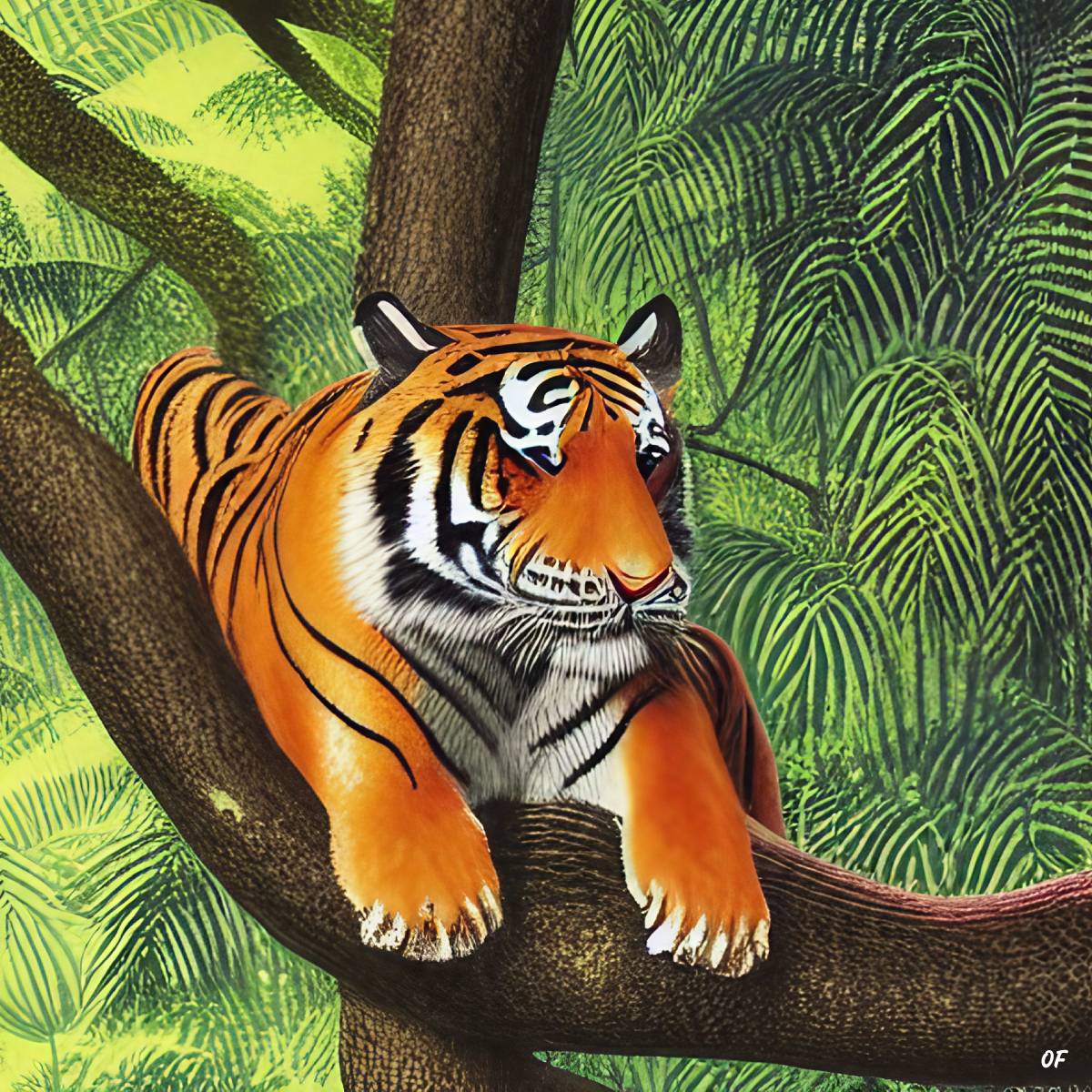In an ironic twist of fate, a recent study reveals that the popularity and adoration we hold for some of the world’s most treasured wild animals could potentially serve as their downfall, rather than an advantage to their survival.
The captivating research, conducted by a dedicated team of global scientists and shared with the public through an engaging piece published in the renowned scientific journal PLOS Biology last month, merged both empirical evidence and cultural observation to identify the top ten ‘charismatic’ wild animals that have captured our collective fascination.
This charismatic ensemble, sequenced by popularity, encompasses: the majestic tiger, the regal lion, the gentle giant elephant, the long-necked giraffe, the elusive leopard, the beloved panda, the swift cheetah, the awe-inspiring polar bear, the misunderstood grey wolf, the intelligent gorilla. A startling revelation accompanies this list: with the exception of the grey wolf, all of these enchanting species are classified as either Vulnerable, Endangered or Critically Endangered according to the stringent criteria established by the International Union for Conservation of Nature (IUCN).
The researchers conducted an intriguing cultural analysis to explore these animals’ representation in popular culture, unveiling startling findings. For instance, they discovered that an average individual is likely to visually encounter more representations of lions in a single year—through imagery, movies, logos, and more—than there are living specimens remaining in the wilds of Africa.
Further delving into public perception, the study also questioned participants on their awareness of the precarious status of these beloved creatures. The demographic of participants was wide and varied, ranging from members of the general public to a more specialized group of university students. The results were alarming: “On average, one in two persons was incorrectly assessing the endangerment of these animals,” the study soberly concludes, underlining the stark disconnect between public perception and the reality of these animals’ existence.
Disadvantages of biodiversity
Dr. Franck Courchamp, the principal investigator and the lead author of this groundbreaking study, postulates an intriguing concept: the ‘virtual abundance’ of these charismatic species across various forms of media. The pervasive presence of these animals in advertisements, popular culture, children’s cartoons, and even product branding, he suggests, might craft an erroneous illusion that these animals exist in similarly copious quantities within their natural habitats.
The study furnishes empirical evidence indicating a possible correlation between this pervasive media presence and the public’s misconceptions about these animals’ conservation status. However, Dr. Courchamp is quick to point out that further, more comprehensive research is needed to definitively ascertain causation and the extent of this phenomenon.
This study was born from Dr. Courchamp’s deep commitment to wildlife conservation and the prevalent discourse within the conservation community. There’s a widely held belief that the more popular an animal species—think lions, tigers, or pandas—the more likely it is to draw attention and, subsequently, crucial funding for conservation efforts. However, Courchamp’s research unveils a worrying paradox: the public’s awareness of the precarious state of these creatures is grossly deficient.
The study’s results were startling, with a staggering 60.1% of respondents oblivious to the fact that giraffes are now listed as Endangered, and an alarming 57.8% unaware of the Vulnerable status of lions. Courchamp voiced his concern to the BBC, stating, “At the moment, we are doing first aid on species that are on the verge of dying out. We’re merely delaying their inevitable extinction in the wild; we’re not truly saving them.” His words are a stark reminder that mere awareness is not enough; proactive, informed action is urgently needed to turn the tide in favor of these endangered species.

The study posits a somewhat revolutionary approach to boosting awareness—and securing much-needed funding—for these imperiled, yet charming creatures. The researchers propose that companies that harness the imagery of these endangered species in their marketing strategies should be obligated to make financial contributions toward their conservation. This method capitalizes on the pervasive visibility of these animals in the public consciousness, turning this ‘virtual representation’ into a tangible lifeline to bolster the real-world population of these species in their natural habitats.
In their closing remarks, the authors of the study issue an impassioned plea for collective action and innovative solutions. They assert, “The initiation of such a fundraising strategy necessitates the pooling of diverse expertise from across multiple disciplines—conservation scientists, environmental economists, and legal scholars alike.” The study’s authors argue that the expertise needed to establish this kind of program already exists and needs to be leveraged immediately. They underscore that such collaborations are not just desirable but imperative, given the pressing nature of the threats faced by these beloved creatures.
The study concludes on a note of urgency and a powerful call to arms. It’s a clear and compelling plea to industry, academia, and policy-makers to come together to innovate and drive forward this ambitious conservation strategy. The intent is clear: to transform the widespread appreciation for these charismatic animals from passive recognition into active conservation efforts, creating a more sustainable future for these species and the diverse ecosystems they inhabit.


